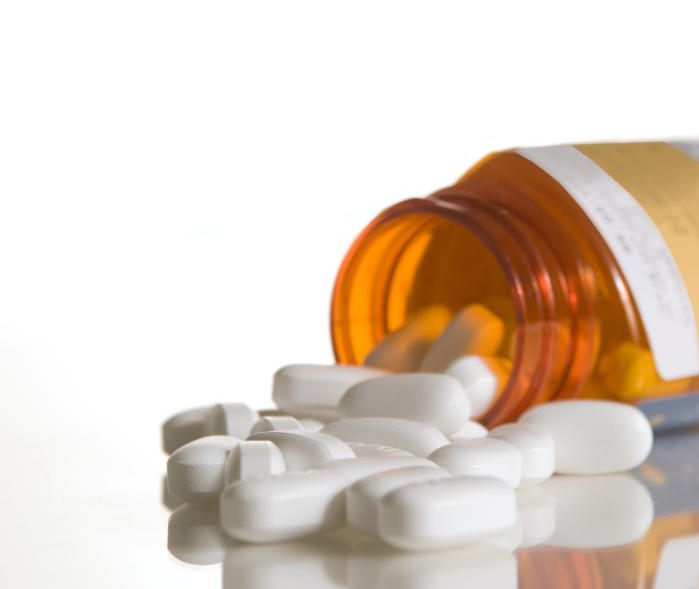Before anesthesia, a group of drugs are used to prepare the patient, administered from half an hour before the surgery to the night before, known as pre anesthetic medication.
Aims
1. Relief of anxiety and apprehension
As patient is going for operation, he is apprehensive.
2. Amnesia
To produce amnesia, so that the patient does not remember what he is going through.
3. Supplement analgesia
Different general anesthetics produce different levels of anesthesia, so used to supplement or augment analgesia.
4. Decrease secretions
Given to decrease the secretions in the mouth and gastric secretions (as laryngospasm, problem in metabolism, gastric aspiration might occur)
5. Decrease vagal stimulation
Especially when viscera are entered, leading to cardiac arrest.
6. Anti-emetic effect
Used to prevent nausea, vomiting, providing anti-emetic effect pre and post-operatively.
7. Decrease acidity / aspiration
Decrease acidity to avoid aspiration of gastric acids.
8. Reduce dose
Overall, decrease the requirement of dose of general anesthetic required (for muscle relaxation, analgesia).
Timing & Route of administration
They are administered half an hour to one hour before surgery. Administered parentally as patient is not taking anything before surgery.
Groups of Preanesthetics
1. Sedative / Hypnotic / Anxiolytics
– Benzodiazepines (still commonly used)
· Diazepam
· Lorazepam
· Midazolam
– Barbiturates (not used much)
· Secobarbital
· Pentobarbital
Characteristics
– Use
They decrease the anxiety, make the person relax and drowsy, providing amnesia.
– Duration
There is difference in the duration of action
Diazepam 72 hours
Lorazepam 24 hours
Midazolam 4 hours
– Depressant Effect
Barbiturates have more depressant effect on CVS and respiration, so are less used, but when depressant effects are required, these barbiturates can be given.
2. Opioid Analgesics
– Morphine
– Pethidine
– Fentanyl & its congeners
Characteristics
There is a difference in the duration of action. All can be given parentally. Fentanyl is also available as transdermal patches.
– Use
Given to provide sufficient analgesia during procedure and post operatively.
– Disadvantages
a. Awakening
Patient has delayed awakening after operation and takes longer time to come out of anesthesia.
b. GIT
Morphine causes contraction of smooth muscles, so may cause constipation because of constriction of sphincters.
c. Respiratory System
In asthmatics, can precipitate asthma.
d. CVS
Excessive hypotension
e. Urinary
Benign prostatic hypertrophy, leading to urinary retention.
f. Eye
As morphine causes constriction of pupil, so sign of shock (dilated pupil) is obscured in the patients administered.
3. Antiemetics
– Metoclopramide
– Antihistamines
– Phenothiazines –Promethazine used
– 5HT3 Receptor Blockers
Ondansetron
Tropisetron
Granisetron
Characteristics
– Use
Antiemetics enhance gastric emptying. They are used to prevent nausea, vomiting in patients. Most commonly used is Metoclopramide. Antihistamines are also used for this purpose. They are not only antiemetic but also used for:
- Sedative property
- Relieving anxiety
- Anti-cholinergic effect
Patients having cancer chemotherapy have some vomiting. 5HT receptor blockers are used to protect. Nowadays Ondansetron is also in use in patients as pre-anesthetic.
Metoclopramide
Acts both centrally and peripherally.
- Central Action
Acting as dopamine antagonist, acts on medullary vomiting center, producing anti-emetic effect.
- Peripheral Action
Enhances gastric emptying so that gastric components are passed earlier, preventing gastric aspiration.
4. Anticholinergics
Three drugs are in use as preanesthetic
– Atropine
– Hyoscine
– Glycopyrronium
Characteristics
Effects produced in patients:
- Decreased secretions, preventing laryngospasm
- Avoiding problems during intubation
- Also suppress secretions in GIT, decreasing the chances of aspiration.
– Use
There are chances of vagal stimulation especially during thoracic and abdominal surgeries, which may lead to cardiac arrest, so given to avoid vagal stimulation.
– Differences
Atropine has more effect on vagal stimulation.
Hyoscine and Glycopyrronium have more effects on decreasing secretions.
Hyosine crosses BBB, producing CNS effects.
Glycopyrronium cannot cross BBB, thus has no CNS effects
Combinations
These are the different preanesthetic medications administered before surgery.
These are usually used in combination as required, depending on clinical status, type of operation and duration of operation.
In emergency, along with these proton pump inhibitors like Omeprazole and H2 blockers like Cimetidine are advised to decrease gastric secretions.
These drugs decrease the chances of aspiration pneumonia.
 howMed Know Yourself
howMed Know Yourself





wow, dis is fantastic. sumary at a glance. tnks 4 dis